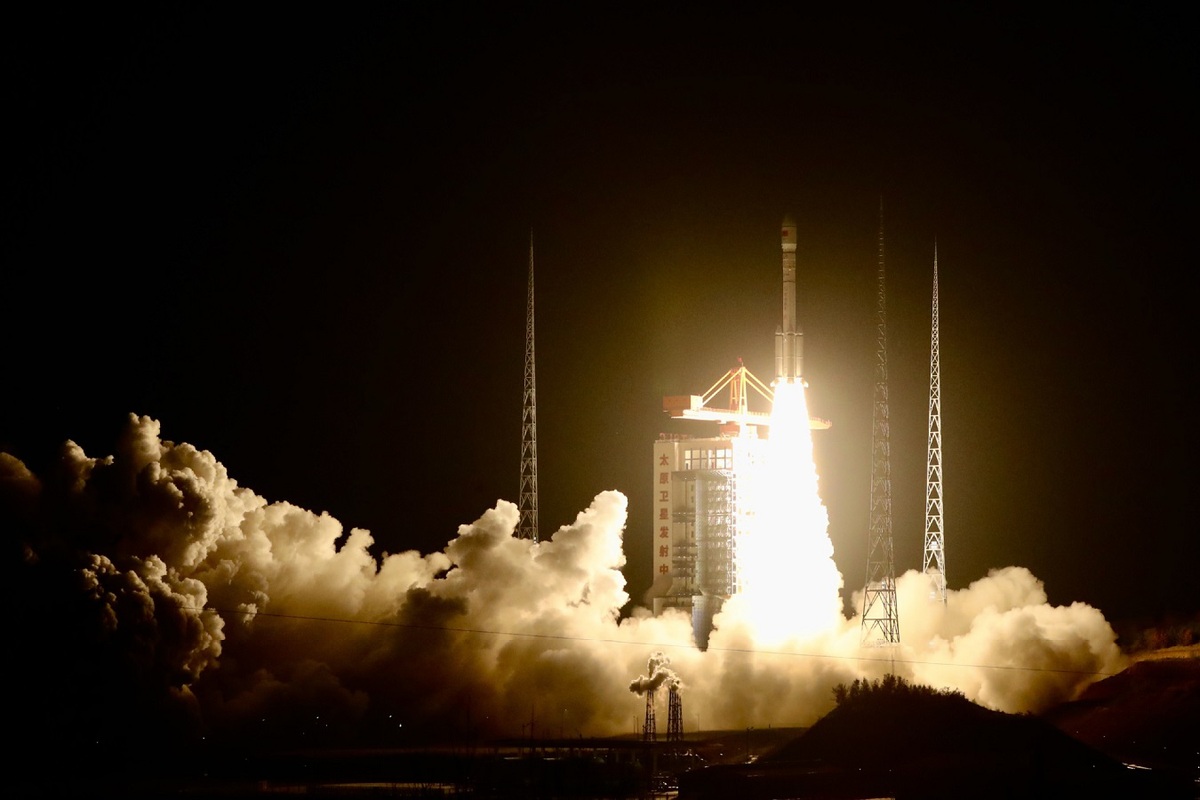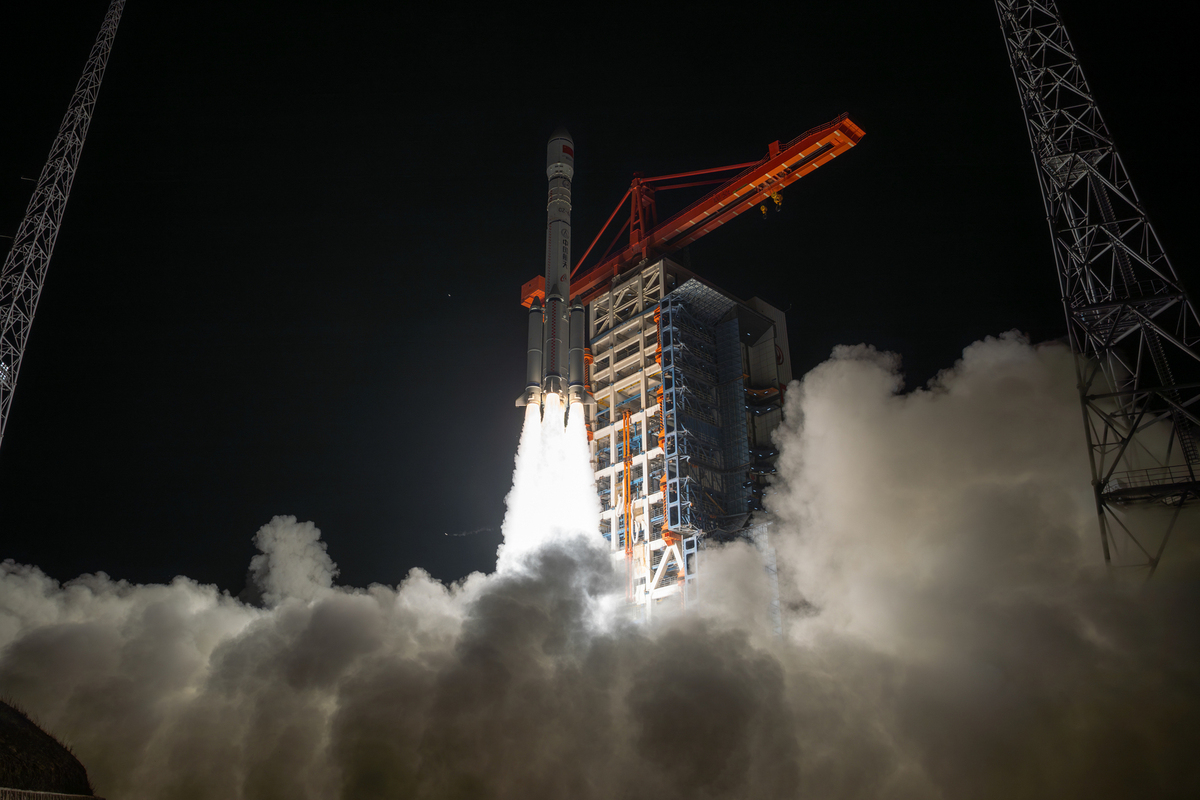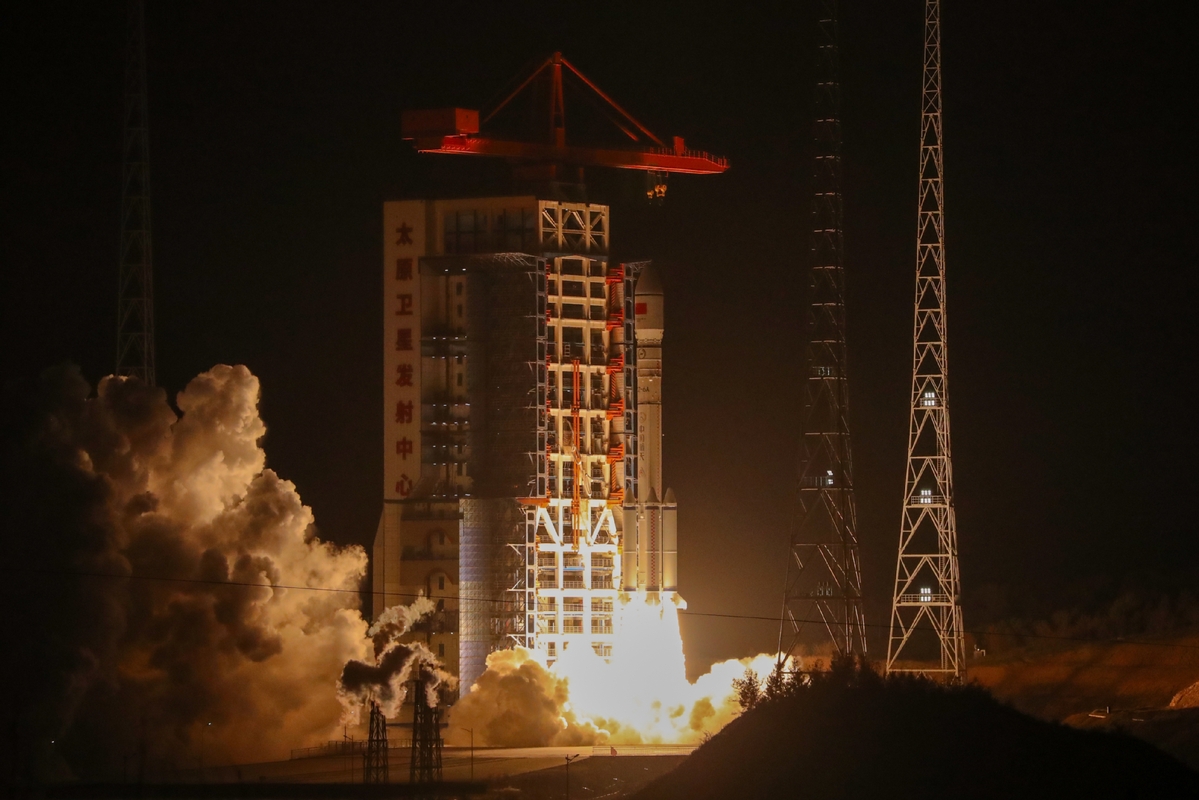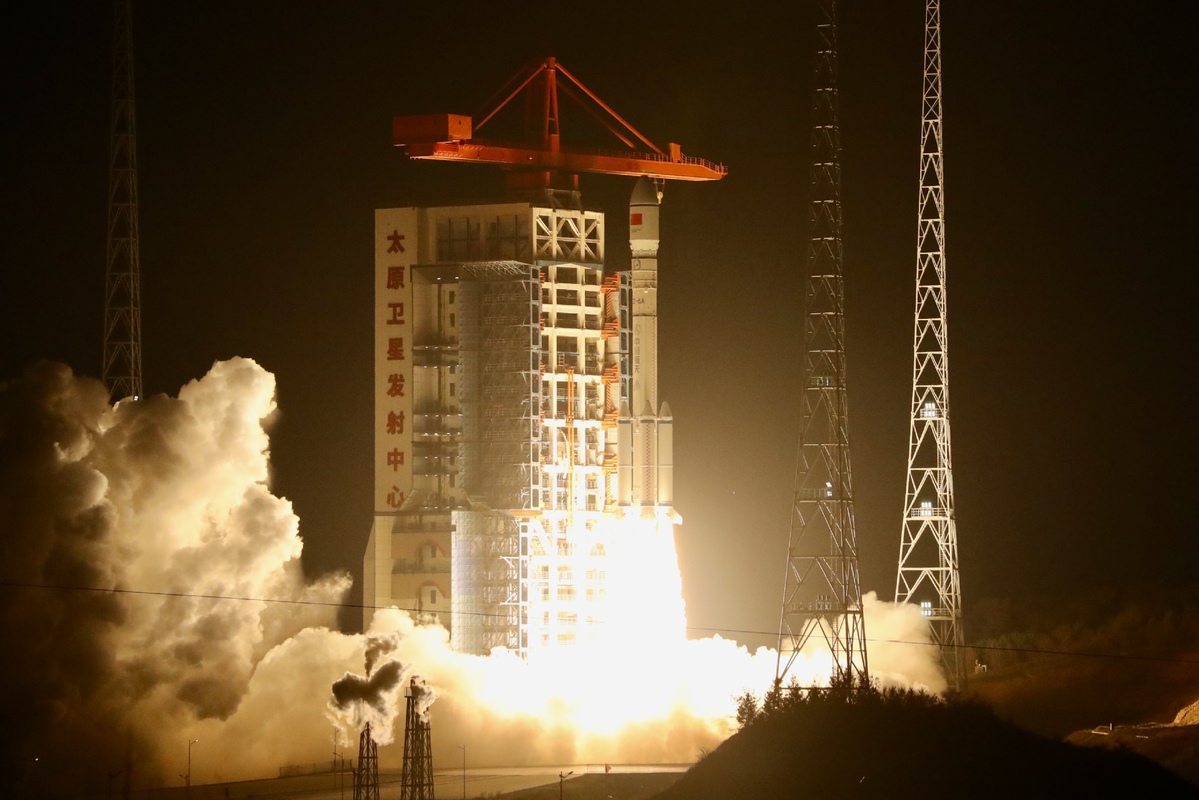China launches group of 18 communication satellites in Qianfan network

China launched a group of 18 communication satellites from the Taiyuan Satellite Launch Center in Shanxi province on Tuesday evening.
Developed by Shanghai-based satellite maker Genesat, the second batch of satellites in the Qianfan network to be deployed into orbit, were carried by a Long March 6A rocket that blasted off at 7:06 pm and went into preset orbit shortly after.

Previously known as the G60 network, the Qianfan megaconstellation network is intended for providing high-speed, secure and reliable broadband internet services to users around the world and is designed to consist of as many as more than 10,000 satellites travelling in low-altitude orbits before the end of 2030, according to SpaceSail, the network's operator in Shanghai.
The first 18 Qianfan satellites, which were designed and built by the Chinese Academy of Sciences' Innovation Academy for Microsatellites in Shanghai, were launched by a Long March 6A rocket from the Taiyuan spaceport in early August.

According to the project plan, a total of 648 satellites will have been deployed into orbit before the end of 2025 to form the first version of the Qianfan network, which has been called by some observers as China's answer to SpaceX's Starlink constellation.

The Long March 6A rocket model was developed by the Shanghai Academy of Spaceflight Technology as a medium-lift launch vehicle. It consists of a 50-meter, liquid-propelled core booster and four solid-fuel side boosters. The core booster has a diameter of 3.35 meters and is propelled by two 120 metric ton thrust engines burning liquid oxygen and kerosene.
The rocket has a liftoff weight of 530 tons and is tasked with transporting satellites to multiple types of orbit, including sun-synchronous, low-Earth and intermediate circular orbit.
